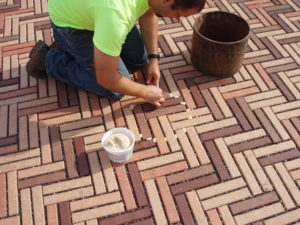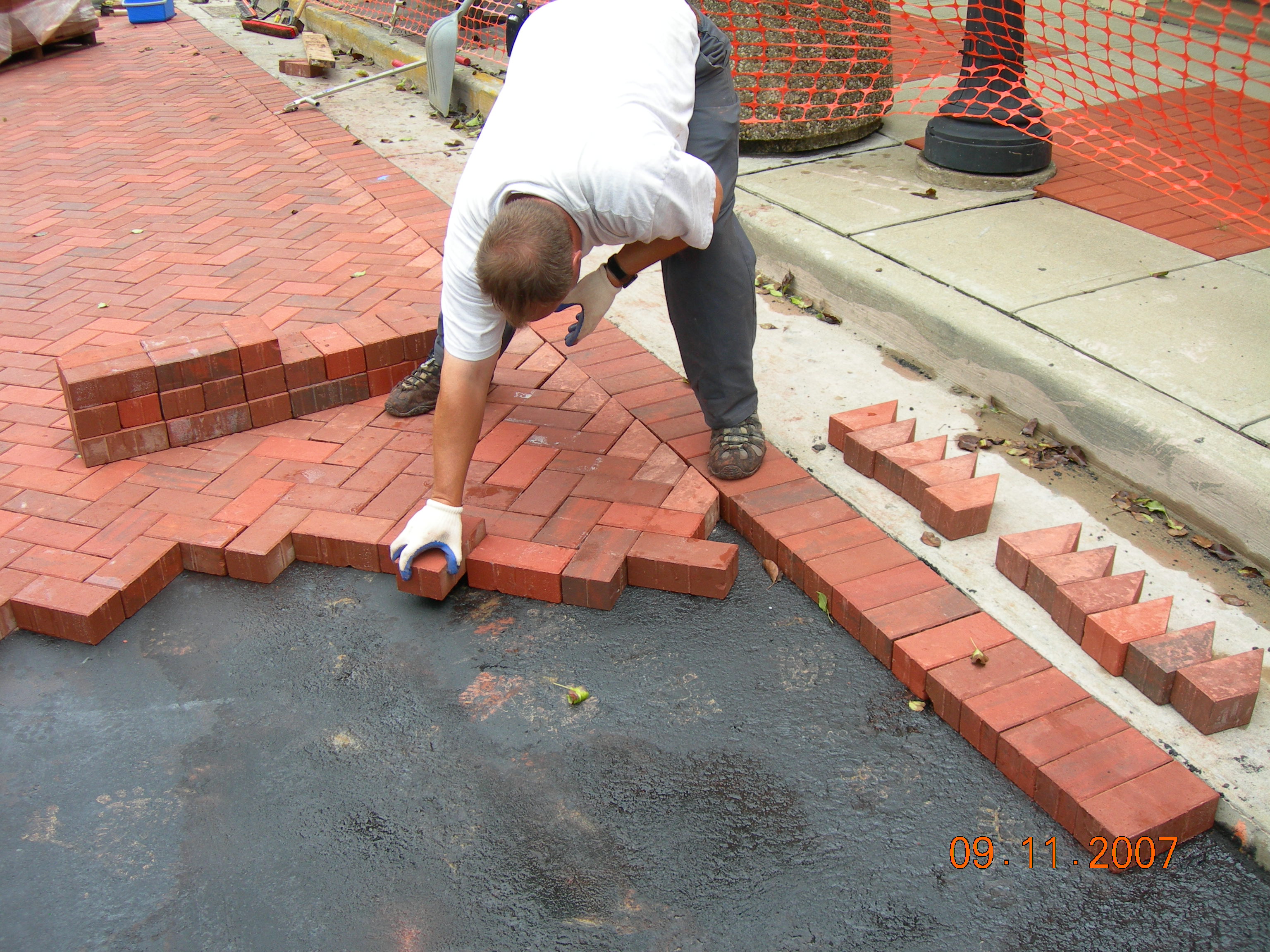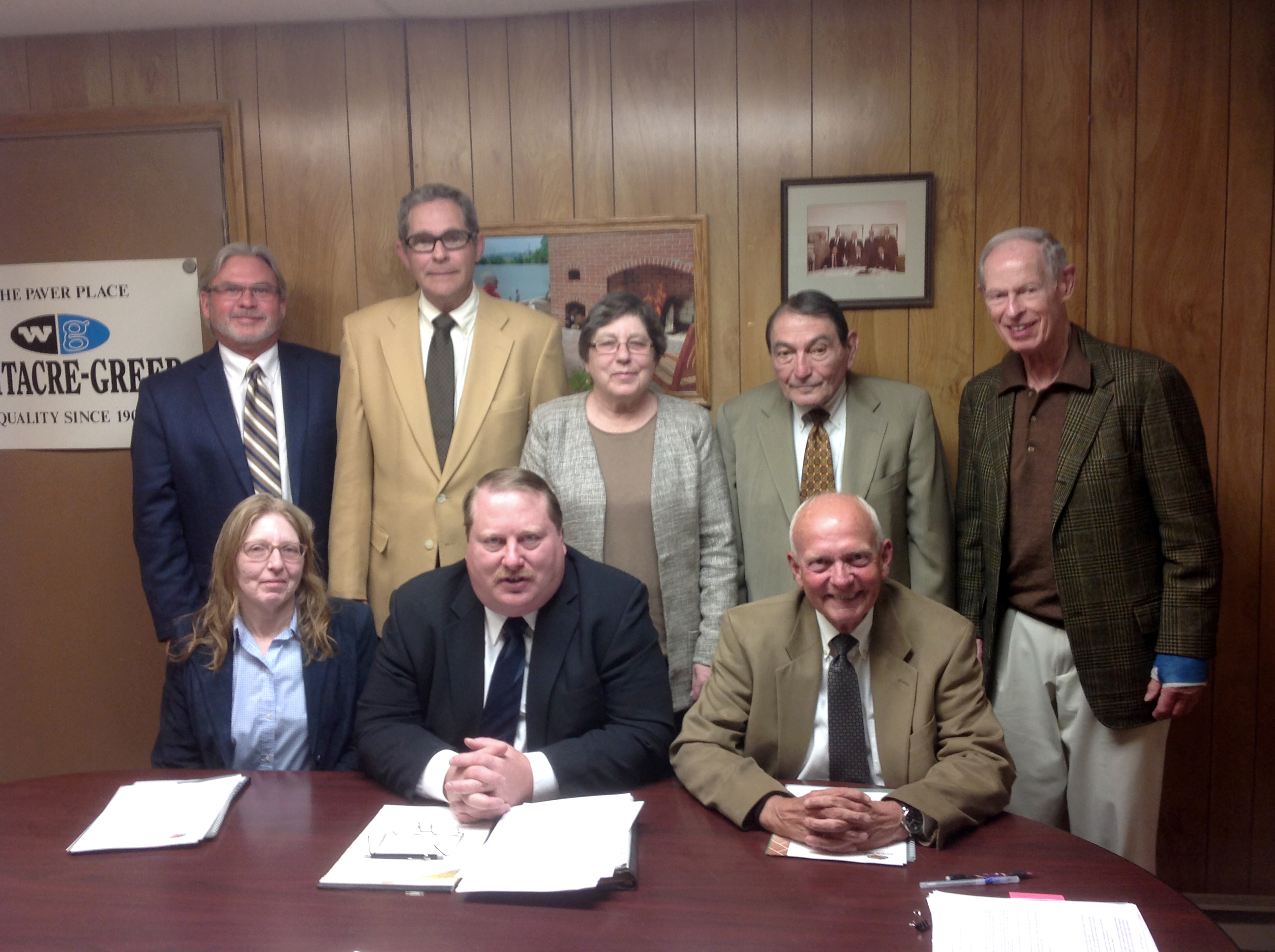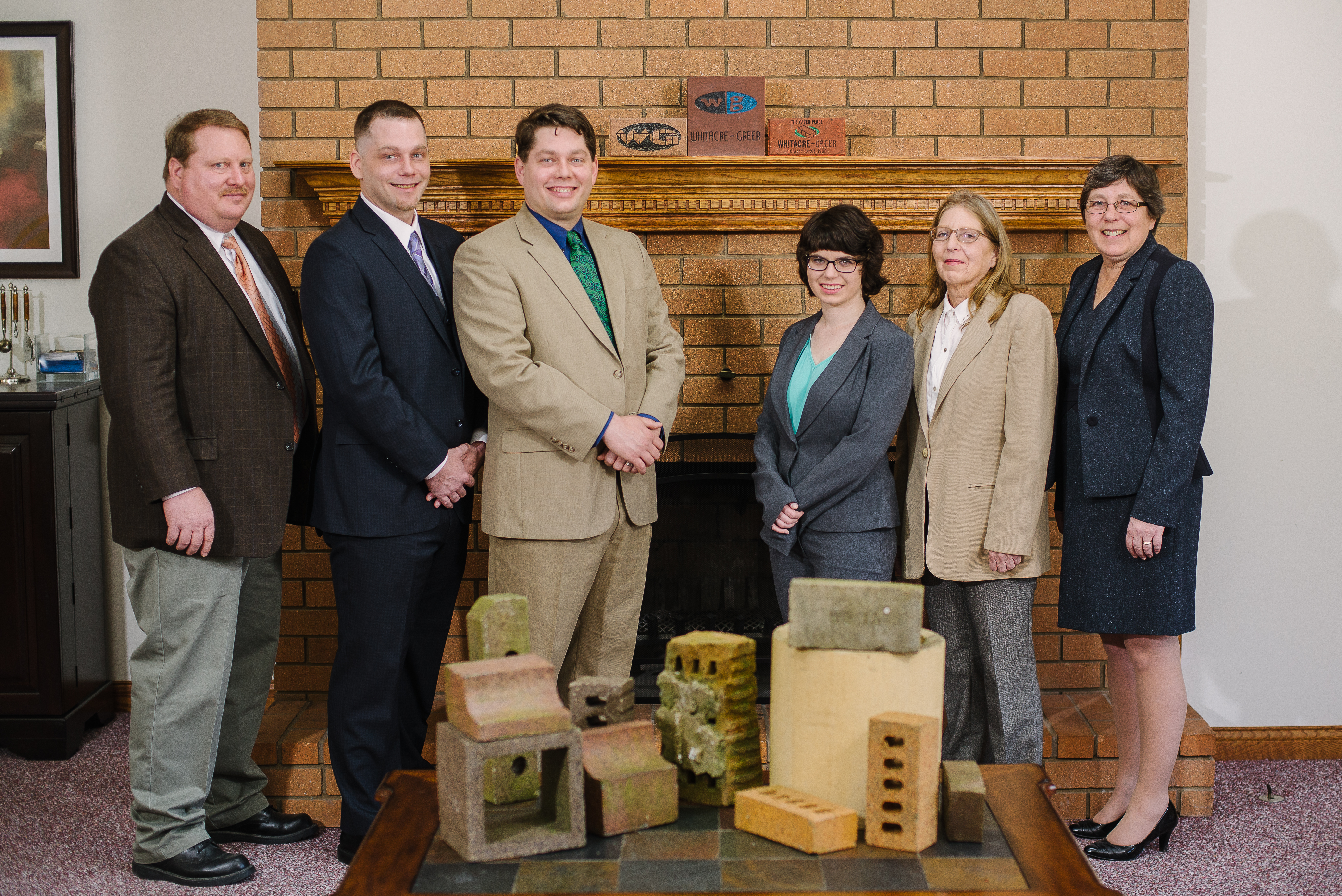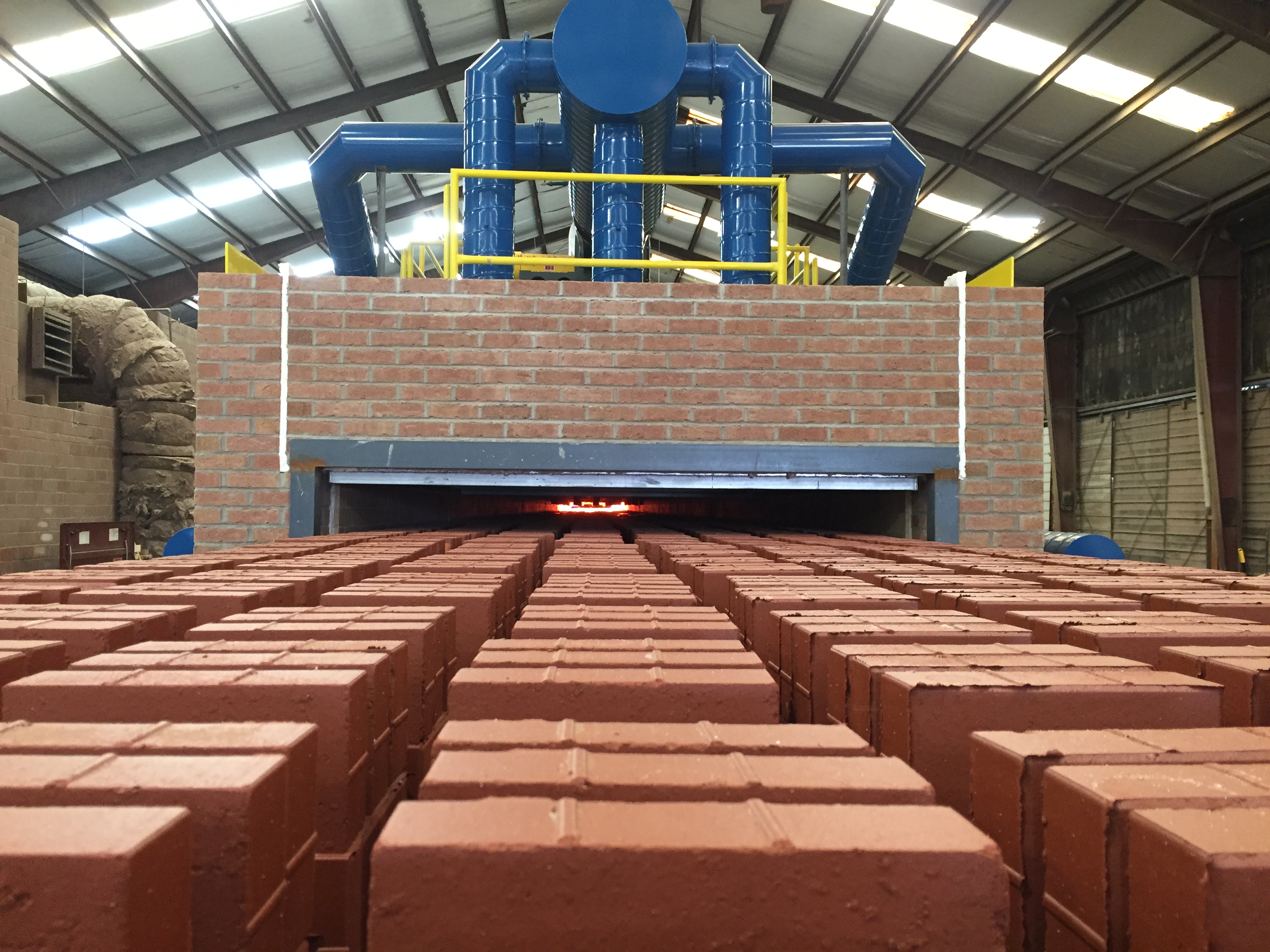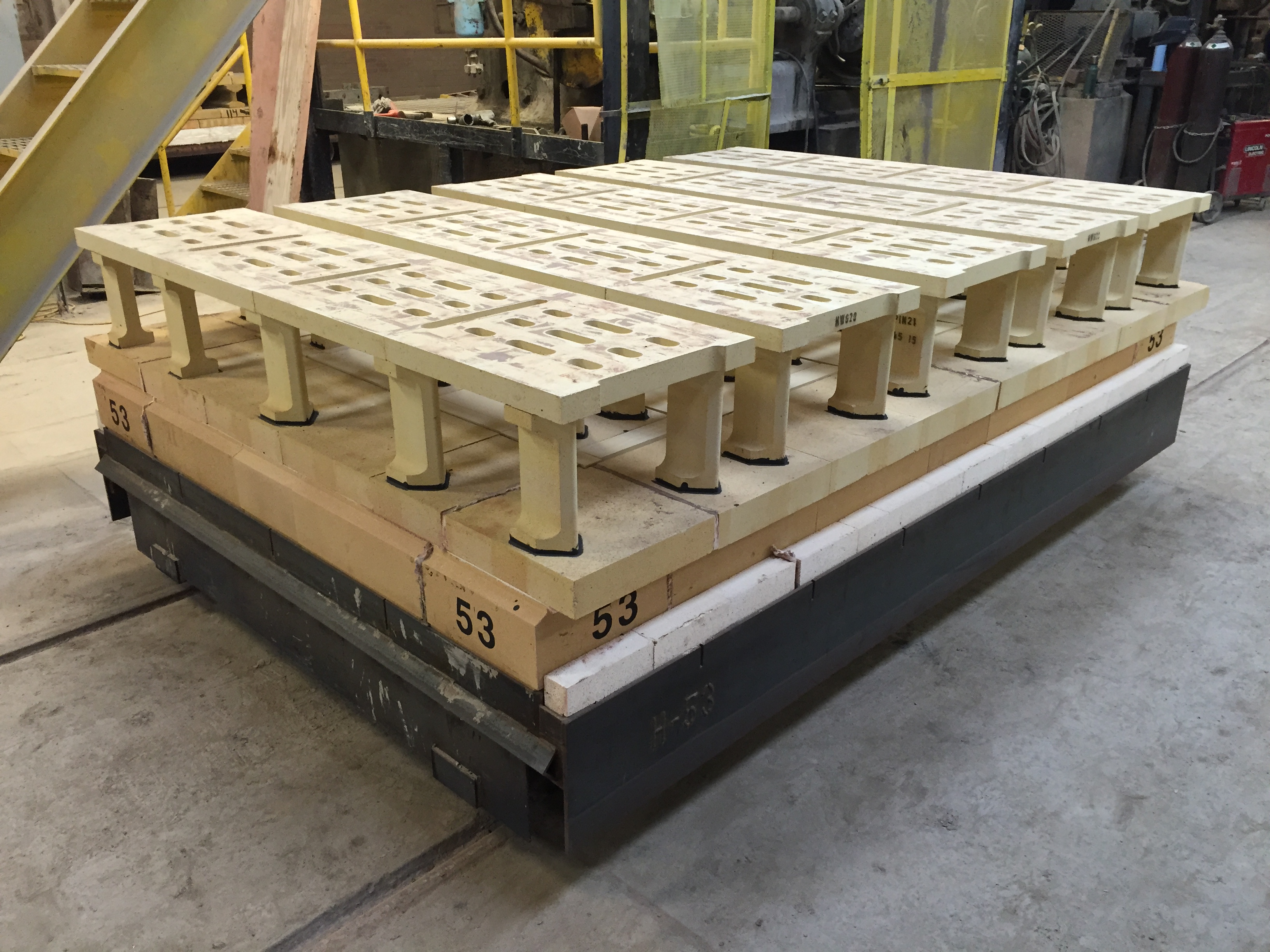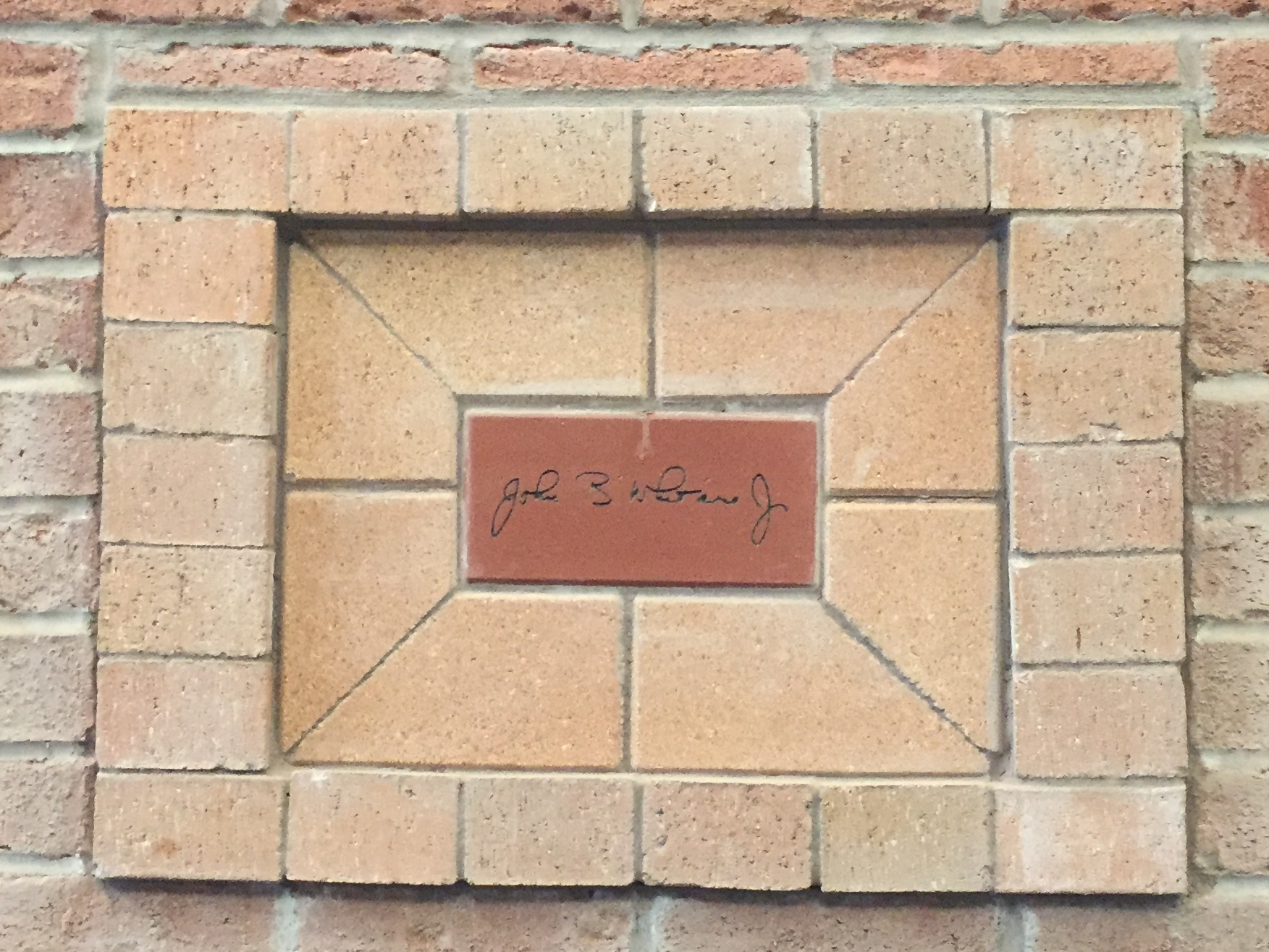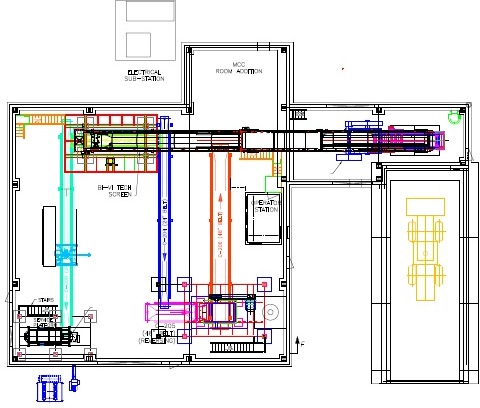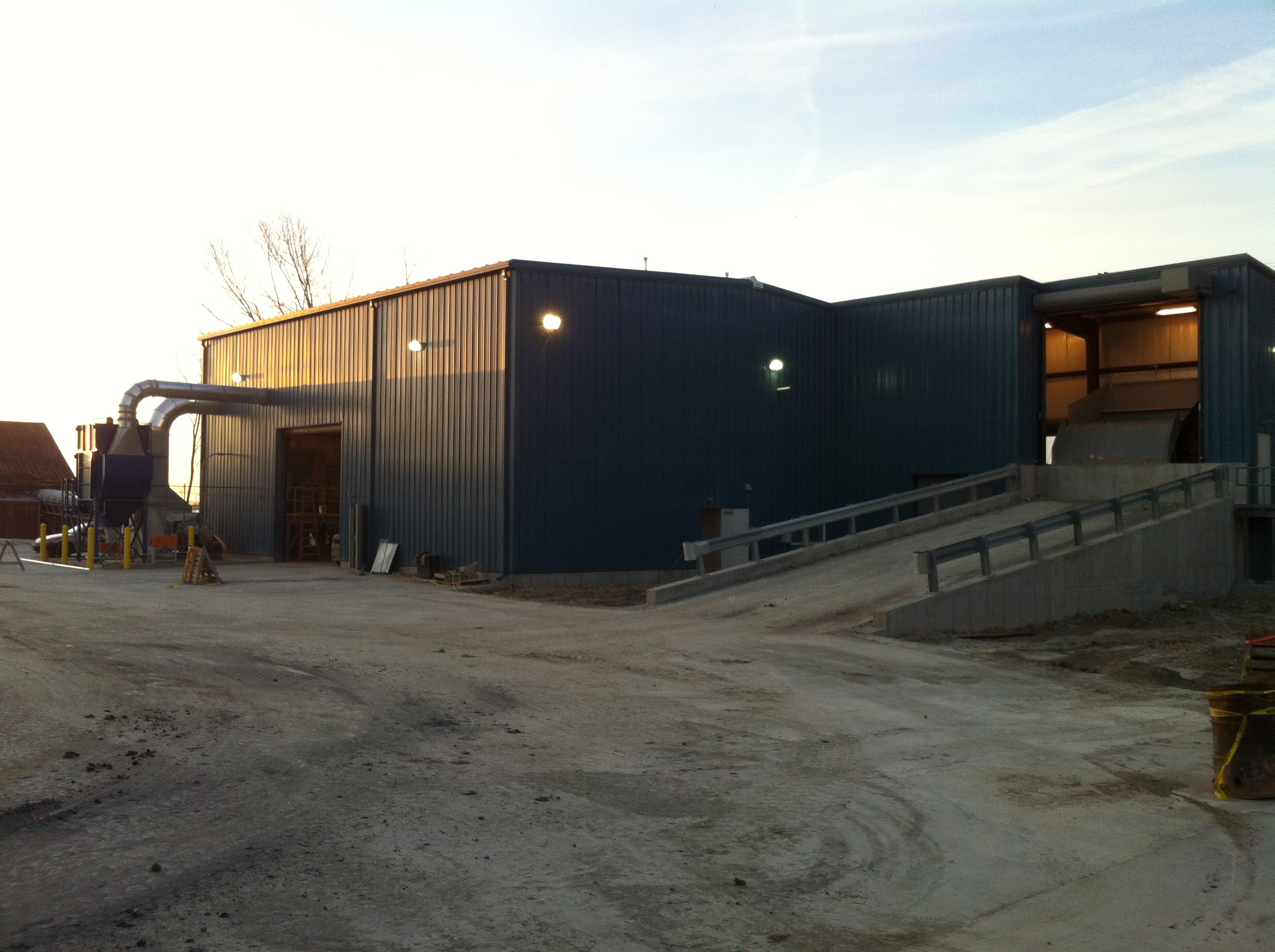RESTON, Va.–The 2017 Brick in Architecture Awards honor 35 winners in 19 states for outstanding and resilient design that incorporates clay brick.
Judged by independent design professionals, the Brick Industry Association’s premier design competition generated 91 entries this year with Best in Class, Gold Silver and Bronze winners in eight categories.
“The winners demonstrate brick’s aesthetic flexibility, and its integral role in any sustainable, low maintenance and durable building strategy,” said Ray Leonhard, BIA’s president and CEO.
The eight Best in Class winners include:
Commercial
Apple Store, Williamsburg – Brooklyn, New York
Architect: Bohlin Cywinski Jackson
Manufacturer: Glen-Gery Corporation
Distributor: Consolidated Brick & Building Supply Inc.
Mason Contractor: Structure Tech New York Inc.
Photographer 1: Peter Aaron
Photographer 2: Nic Lehoux
Educational (Higher Education)
Kent State University College of Architectural & Environmental Design – Kent, Ohio
Architect: Weiss/Manfredi
Associate Architect: Richard L. Bowen + Associates Inc.
Manufacturer: The Belden Brick Company
Distributor: W.L. Tucker Supply Company
Mason Contractor: Foti Contracting
Photographer: Jim Maguire Photography
Educational (K-12)
Fruitville Elementary School Classroom Building Addition – Sarasota, Florida
Architect: Sweet Sparkman Architects
Manufacturer: The Belden Brick Company
Mason Contractor: Ron Kendall Masonry Inc.
Photographer 1: William Speer Photography
Photographer 2: Ryan Gamma Photography
Renovations (Additions) / Restoration (Restoring)
Dumbarton Oaks Fellowship House – Washington, D.C.
Architect: Cunningham | Quill Architects
Landscape Architect: Nelson Byrd Woltz Landscape Architects
Manufacturer: Redland Brick Inc.
Distributor: Potomac Valley Brick & Supply
Builder: Whiting Turner Contracting Company
Mason Contractor: Baltimore Masonry Inc.
Photographer: Robert Creamer
Municipal/Government
John W. Olver Transit Center, Net-Zero Energy Building – Greenfield, Massachusetts
Architect: Charles Rose Architects Inc.
Landscape Architect: GroundView LLC
Builder: Fontaine Brothers Inc.
Distributor: Spaulding Brick Company Inc.
Mason Contractor: Fontaine Brothers Inc.
Photographer 1: John Linden
Photographer 2: Peter Vanderwarker
Residential – Multifamily
The Aston – Washington, D.C.
Architect: Bonstra | Haresign ARCHITECTS
Manufacturer 1: Triangle Brick Company
Manufacturer 2: Carolina Ceramics Brick Co.
Builder: Habte Sequar
Mason Contractor: Oak Tree Building Group
Photographer: Maxwell Mackenzie
Residential – Single Family
Kinsley – Oxford, Maryland
Architect: John Milner Architects Inc.
Manufacturer: Redland Brick Inc.
Builder: Heim Corp.
Mason Contractor: Spry Masonry
Photographer: Don Pearse Photographers Inc.
Paving & Landscaping
VIA 57 West – New York, New York
Landscape Architect: Starr Whitehouse Landscape Architects and Planners
Manufacturer: Whitacre Greer Co.
Distributor: Consolidated Brick & Building Supply Inc.
Mason Contractor: Prestige Stone & Pavers Corp.
Photographer 1: Starr Whitehouse Landscape Architects and Planners
Photographer 2: Alex Fradkin


Pictured above: VIA 57 West
This year’s judges were winners in last year’s competition: John Ciardullo, AIA – John Ciardullo, P.C.; James Lancaster, AIA – Overland Partners; Lee Ledbetter, AIA – Lee Ledbetter & Associates; Donovan Nelson, AIA – HGA Architects and Engineers and David Newcomb, AIA – Charles Hilton Architects.
Founded in 1934, BIA is the nationally recognized authority on clay brick construction representing the nation’s distributors and manufacturers of clay brick and suppliers of related products. 703-620-0010, www.gobrick.com.
Contacts
BIA
Lorelei Harloe, 703-362-2774
LH@LKHComm.com


